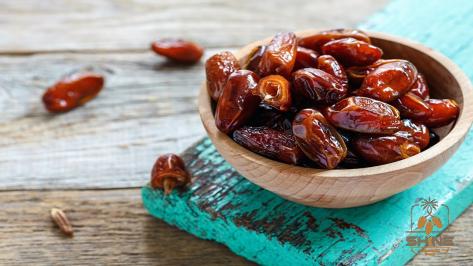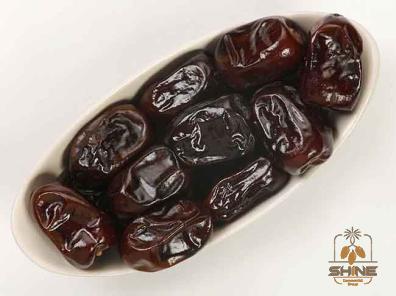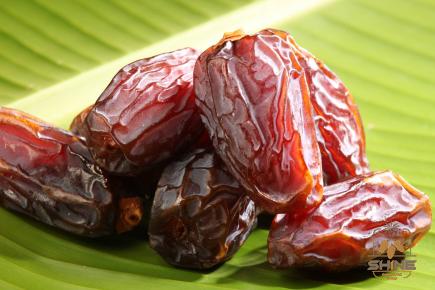The type of sugar that has become a popular sweetener in the market is date sugar. Even though there are more than 1,500 distinct varieties of date palm plants, only a limited few of them (such as Medjool) are often found for sale in supermarkets and other retail outlets.
These delectable fruits are a wonderful source of the minerals potassium, copper, and manganese and are rich in all three types of carbs.
A date is composed of 75% carbohydrates, 21% water, 2% protein, and trace amounts of fat.
Because it includes only 0.4 grams of protein and only trace levels of fat, a single Medjool date only has 66 total calories, with the vast bulk of those calories coming from its 18 grams of carbohydrates.

If you eat 2,000 calories a day, you require 300 grams of carbohydrates; eating one date will provide you with 6% of your daily value for carbohydrates.
Dates are an excellent source of fast energy due to the fact that the bulk of the sugars that make up their carbohydrate content comes from dates.
The sugar content of a single Medjool date is 16 grams, which is equivalent to 91% of the date’s total carbohydrate content. Sucrose and maltose make up a negligible portion of these sugars, while glucose and fructose account for the vast majority of them.
Dates, after being processed into a puree, are an excellent alternative sweetener since they contain a high concentration of their body’s own naturally occurring sugar.
Starch is created by the combination of a number of different sugar molecules.
Because digestive enzymes have to break these linkages in order to convert starch back into sugars that your body can use for energy, the digestion process of starch is a little more time-consuming than the digestion process of simple carbohydrates like sugar.
Starch only accounts for about 2% of the carbohydrate content in a date.
The digestive tract of a human being is unable to break down the complex carbohydrates that fiber contains. In general, there are two different types of fibers that may be distinguished from one another: those that dissolve in water and those that do not.
Dates have a lot of insoluble fiber, which is one reason why they are a good choice for a snack.
People who struggle with digestive difficulties, such as constipation, may benefit from increasing the volume of their stools and making them easier to pass with the help of this fiber.
With 1.6 grams of fiber in total, a single date contributes 6% of the daily value (DV) for the dietary fiber that is advised.
Dates can be used instead of sugar, which is one of its most useful applications. However, the question that needs to be answered is, to what extent is it excellent? Now, let’s take a look at the various ways in which dates might improve your health.
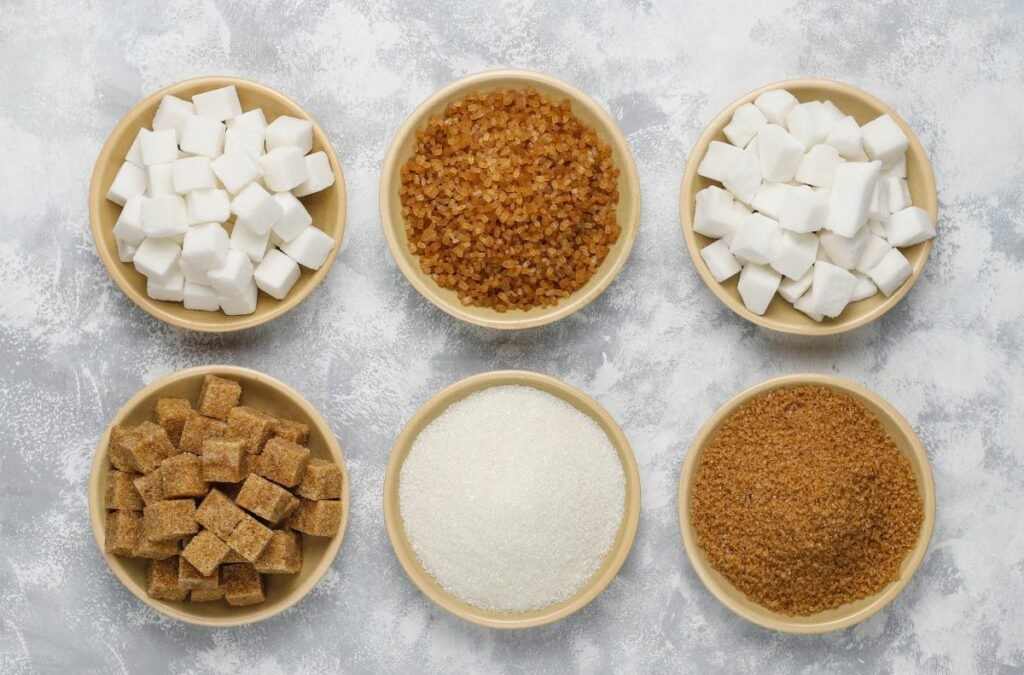
Dates, like the vast majority of fruits, have quantities of glucose and fructose that are produced by nature. In a variety of different methods, they can be changed into useable forms of energy. While glucose is a source of rapid fuel, fructose is able to supply continuous fuel for the body.
The muscular tissue is responsible for the storage of the energy for later use. Athletes that compete over long distances stand to gain a great deal from utilizing this type of consistent energy supply.
Sucrose makes up the vast bulk of the sugar that is found in foods. It may be broken down into its component parts, which are fructose and glucose respectively.
The body can convert sucrose into fructose and glucose in forms that are easier for the digestive system to process. Because it takes fructose longer to raise blood sugar than other types of sugar, it has a Glycemic Index that is lower than those other sugars.
Even when eaten by themselves, dates have a sweet flavor. Fructose is the name of the sugar that is obtained from them. Fruits typically contain fructose in some amount.
One dried date that has had the pit removed has around 18 grams of carbs and 67 calories (24 grams).
Because diabetes makes it difficult to maintain good blood sugar levels, persons who have the disease are often given the recommendation to limit their consumption of carbohydrates.
Dates have a glycemic index that is extremely high.
Dates still have a place in a healthy diet, despite the fact that they contain a significant amount of sugar, so long as portion sizes are kept to a minimum and diabetes is effectively managed.
Just one dried date can provide around 8% of the fiber that an individual requires on a daily basis (DV).
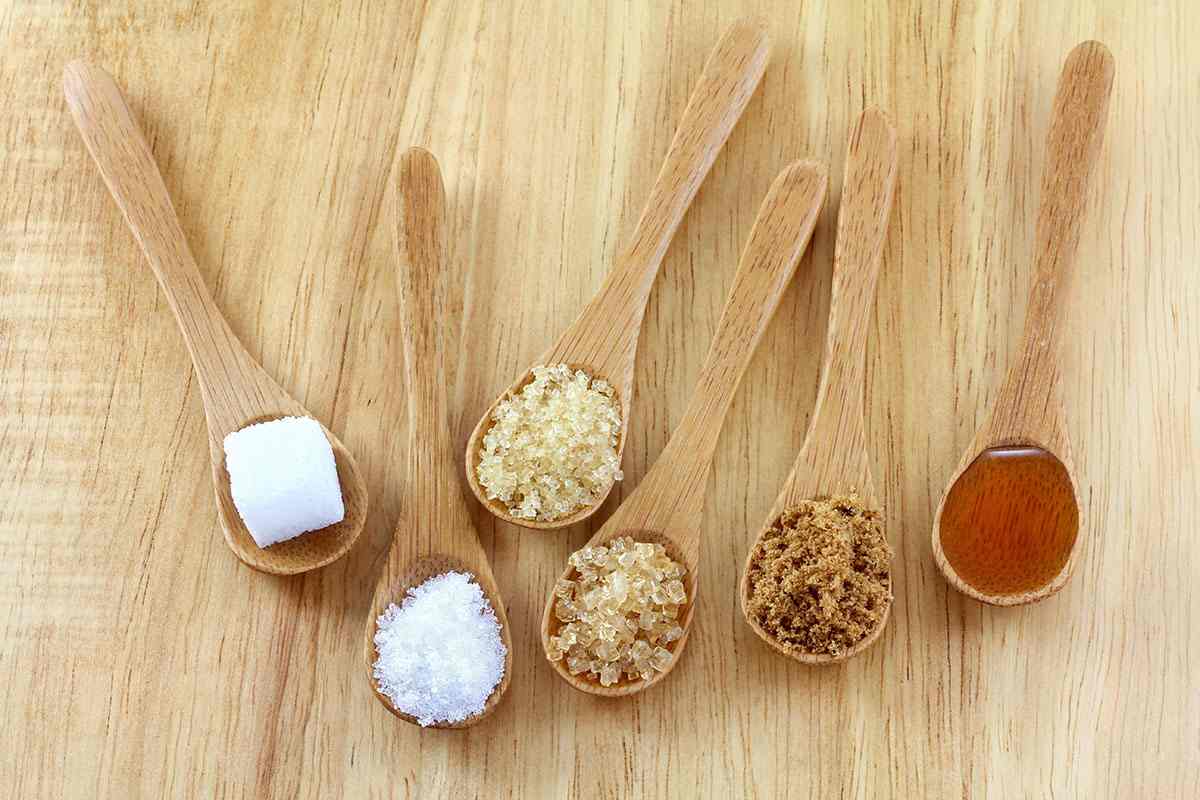
Patients diagnosed with diabetes should pay particular attention to this concept since fiber slows down the rate at which carbs are absorbed by the body. By ensuring that carbohydrates are digested slowly, it is possible to prevent a spike in blood sugar that occurs after a meal.
The glycemic index is a measure that can be used to quantify how the consumption of carbohydrates affects one’s blood sugar levels (GI).
The greatest amount that can be expected for your blood sugar to rise as a result of consuming this meal (on a scale from 0 to 100, where 100 is pure glucose [sugar]).
Carbohydrates that have a Glycemic Index (GI) of 55 or lower are considered to have a low GI, whereas carbohydrates that have a GI of 70 or more are considered to have a high GI.
The glycemic index (GI) of carbohydrates that are considered to be in the “middle GI” range can range anywhere from 56 to 69.
As a consequence of this, eating meals with a low GI value is connected to very minor increases in both blood sugar and insulin levels after a meal.
On the other hand, consuming meals that have a high GI leads to a precipitous rise in one’s blood sugar levels almost immediately after eating them.
It is not uncommon for a person’s blood sugar level to drop, and this is especially true for diabetics, whose bodies have a more difficult time managing sugar levels than healthy systems do.
Meals that are low on the glycemic index should be given the highest priority for diabetics. As a direct consequence of this, individuals will have a much simpler job preserving regular levels of sugar in their blood.
A person diagnosed with type 2 diabetes may have blood sugar levels that are dangerously high.
Dates have a sweet taste, but their low glycemic index makes up for the sweetness of their taste in a way that is beneficial to your health. This shows that diabetics can consume them safely as long as they do so in moderation.
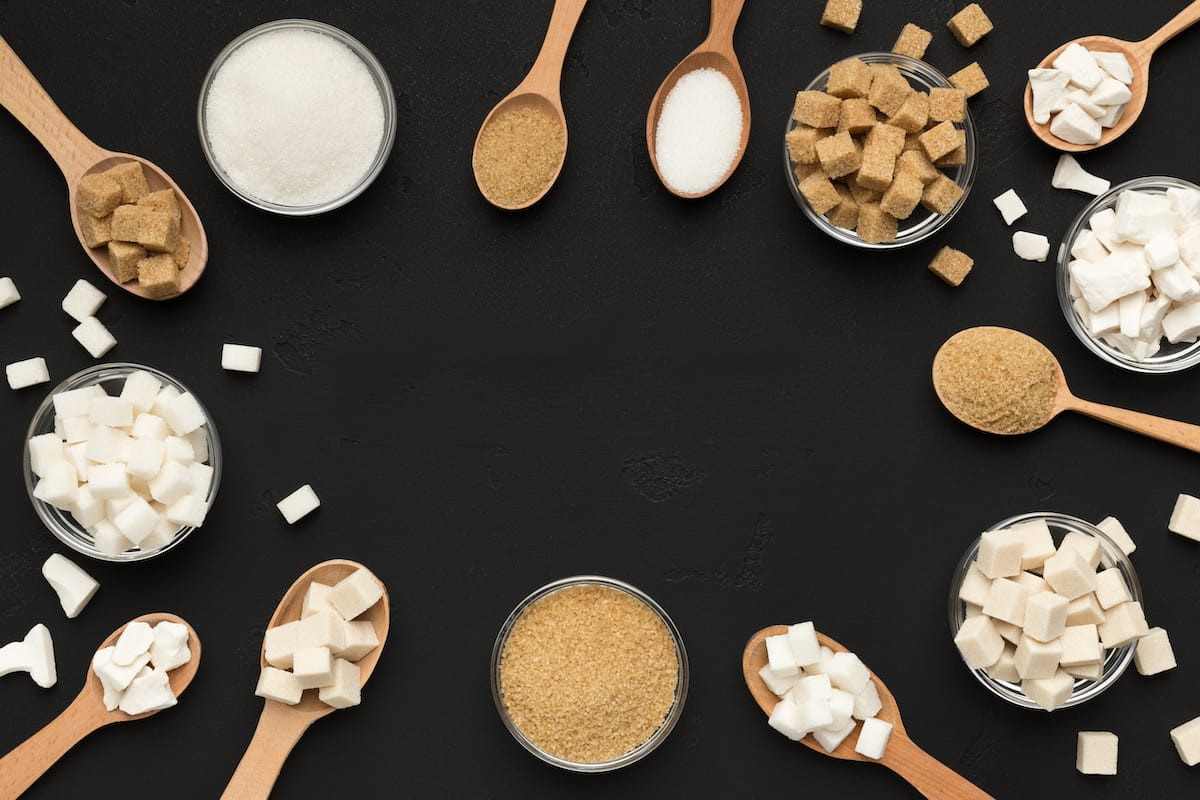
It was found out what the GIs were for 1.8 ounces of each of the five distinct varieties of dates (50 grams). Dates were found to have GI levels that are very low (between 44 and 53), however, the exact number may differ substantially amongst date varieties.
Both diabetics and non-diabetics had the same experience with dates in terms of their glycemic index (GI).
A food’s glycemic load is an additional indicator of how it will affect the levels of blood sugar in a person’s body (GL). In contrast to GI, GL takes into account not only the total amount of carbs but also the size of each individual serving.
You may determine your GL by taking the GI of the meal you’re eating and the total amount of carbohydrates in the dish you’re consuming.
Only two dried dates provide all of those carbohydrates, and they have a GI of approximately 49. (48 grams). The GL places the number somewhere around 18.
Carbohydrates that have a glycemic load (GL) in the range of 1–10 are regarded to have a low GL, carbs that have a GL in the range of 11–19 are considered to have a medium GL, and carbs that have a GL of 20+ are considered to have a high GL.
As a consequence of this, two dates are an acceptable snack option that has a moderate GL value.
Someone who has diabetes should only eat one or two dates at the most. Their carbohydrate digestion is slowed even further when they are consumed alongside a protein source, like a handful of almonds because protein inhibits the breakdown of carbohydrates.
This helps to prevent an increase in the levels of glucose in the blood.
Finding processed dates at a good price is no longer unrelated to these goods. Because of beautiful, unique packaging, it’s now easier for many wholesalers and retailers to start selling on the internet.
Dates are often sold in big, ugly containers, which makes it hard to sell them. Our company is the only one in the world that has come up with ways to package fruits that look good, keep them fresh, and cause as little damage as possible.
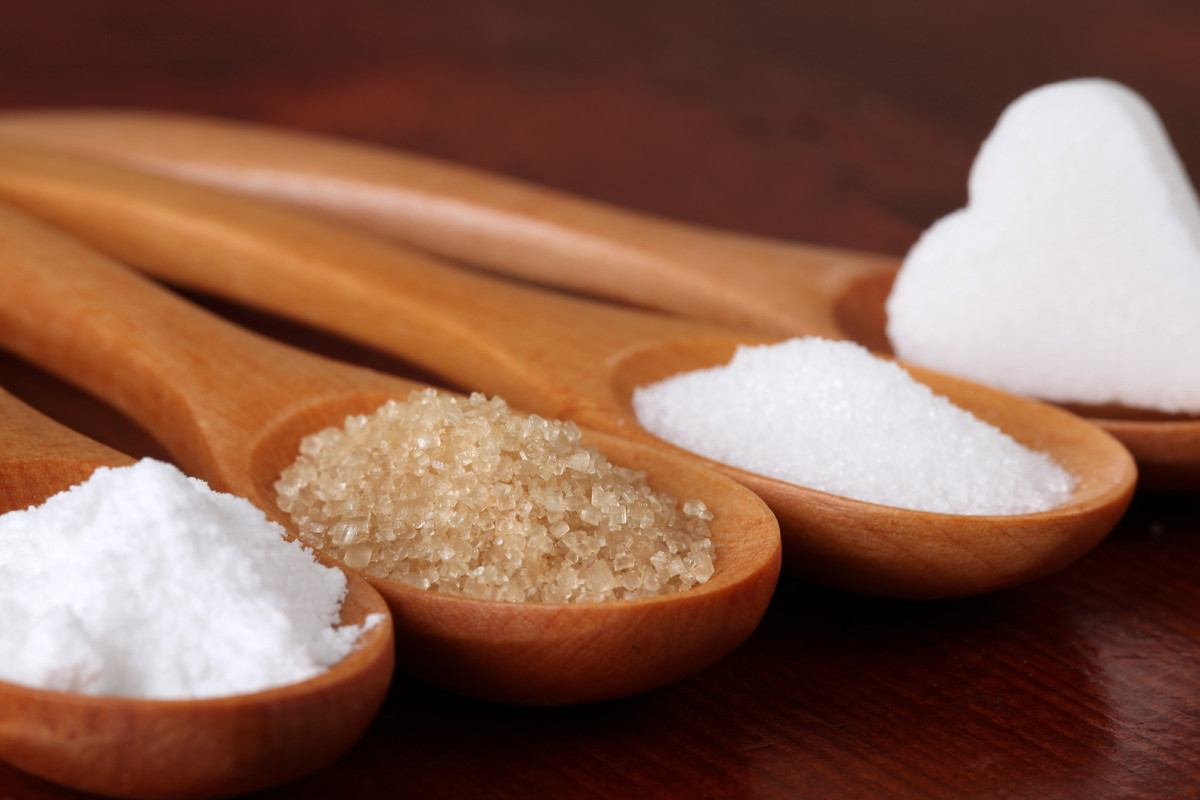
People who like different things have quickly become fans of these attractive packages. They have ade us more determined to become the biggest date producer in the world.
Because we work hard to give our clients the best services for choosing dates with the best quality and price, many of them stay with us for a long time, which saves them both time and money.
Our company also works with a large number of suppliers who want to sell their high-quality goods in other countries or who want to help us grow our business around the world through franchisees.
These groups gave us their credentials, and our responsible colleagues will soon get in touch with them to talk about the next steps in our work together.
